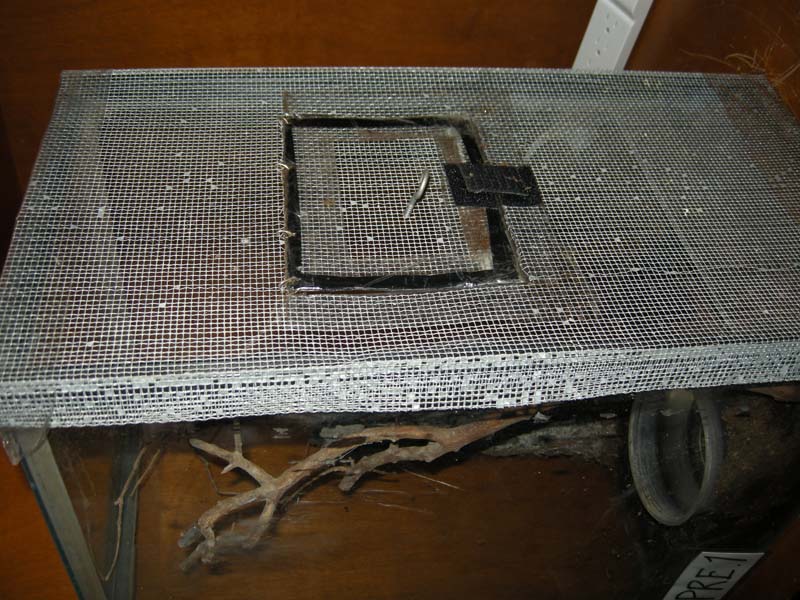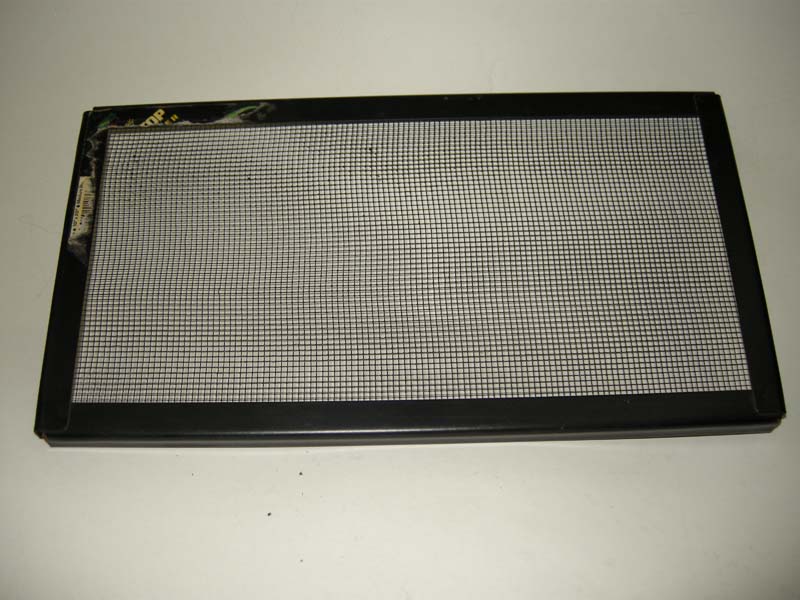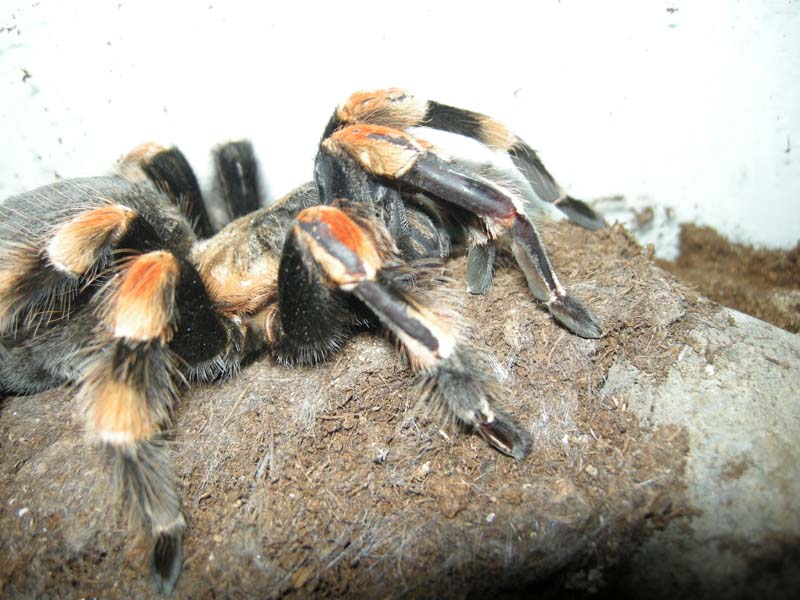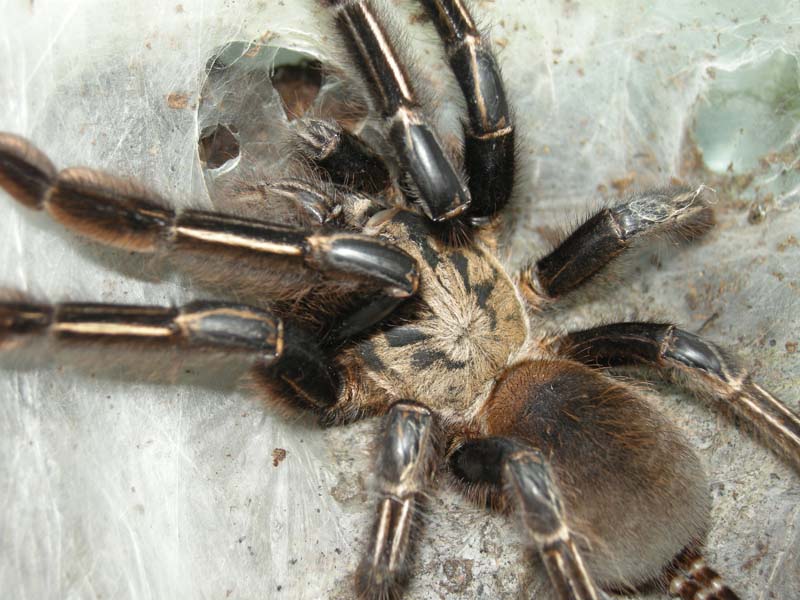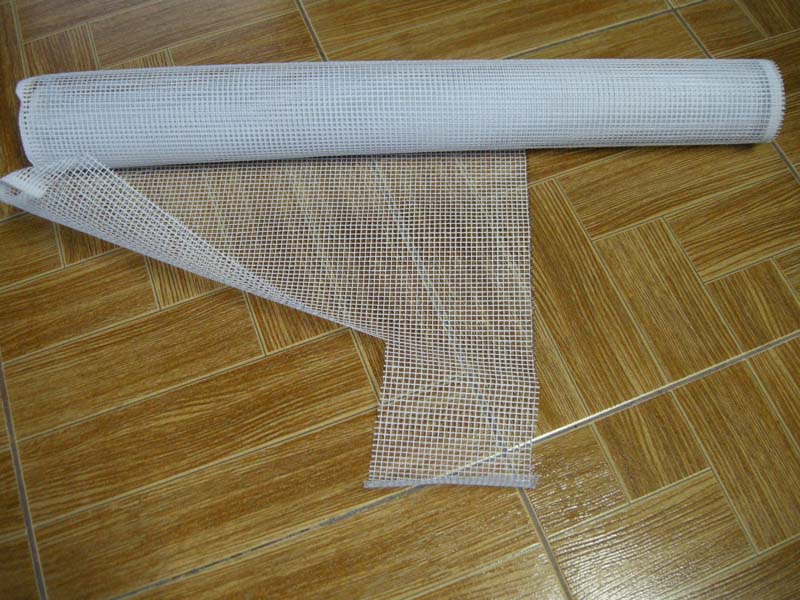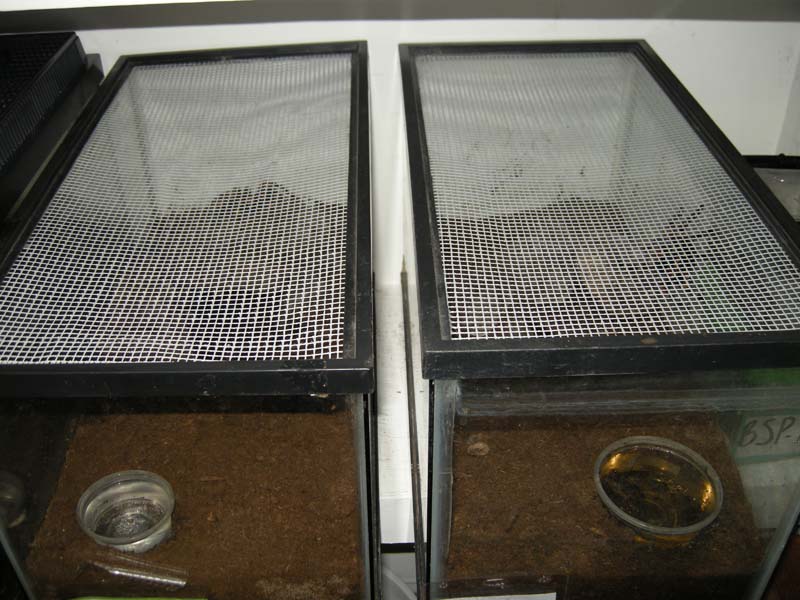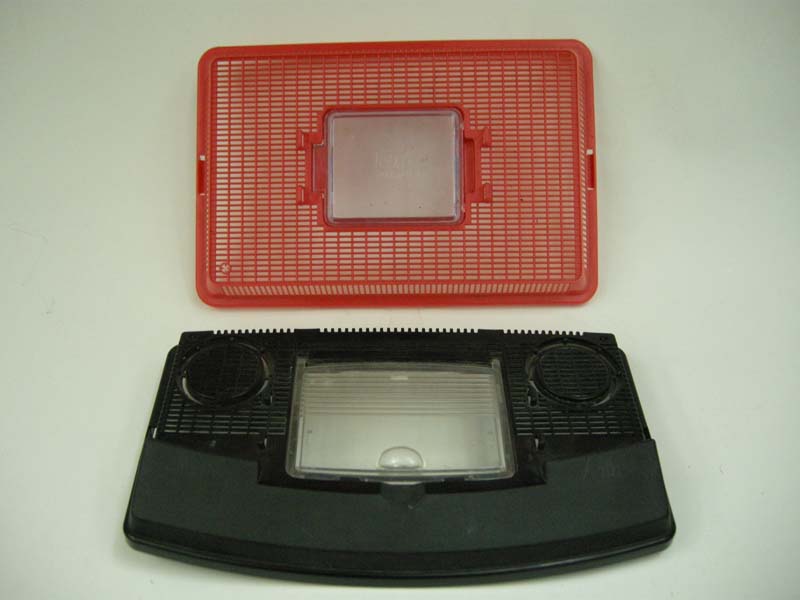
| Home > Upkeep > Covers | ||||||||
|
Covers This is a very important issue! We usually don’t consider this detail, but most lacerations or injuries to our tarantulas happen here, on the covers or lids. While we sleep at night, they perform most of their activities: They will leave their burrows to explore or hunt. While doing this, they will surely end up on the ceiling of the container trying to break it or remove it some way.
Normally, tarantulas use their fangs to excavate or tear the roots that might be in the way inside their galleries. If we use a metal grid as a cover, their chelicerae will get hurt. If the holes on the grid are large, they will invariably try to put their legs through them, and lacerate themselves terribly.
The original covers for the acrylic containers (transporters) work quite well. If you buy a glass fish tank, I would recommend that you use a very resistant mesh, such as fiberglass. This mesh is strong, but will not harm your tarantula. It is very important for air to flow into your fish tank. Never close it completely. The more ventilation it has, the better, even when the moisture leaks out. We will see this in the section covering humidity.
|
